About SEO Audit
An SEO audit is very critical to both strengths and weaknesses in search engine performance on your site. An SEO audit helps to target important areas of optimization that are meant to improve your ranking and visibility. After all, this is not a job to be done with a single tool. The SEO audit encompasses an entire set of tools that are exploited to research and provide details from various aspects of your website, from content and keyword analysis to technical SEO and backlinks, not forgetting performance metrics.
We will analyze in detail each of the tools necessary to carry out a complete SEO audit, and which have a specific objective to improve performance on search engines. Whether you are a person who is an expert in SEO, a professional who is trying to get into the business of digital marketing, or a business owner who is trying to increase online presence by any means, understanding these tools gives a person the capacity to do an extensive audit and hence set the foundation on a guideline of SEO that needs to be followed to ensure success.
Tools you need for an SEO audit:
— Semrush (@semrush) December 4, 2022
👉 Audit tool (like Semrush Site Audit)
👉 Google Analytics
👉 Google Search Console
👉 Google PageSpeed Insights
👉 Google Schema Markup Testing Tool
👉 What else?
Crawling and Indexing Tools
Among the foundational elements of SEO—crawling and indexing—these ensure that search engines can see the pages on your website. It is built to crawl in such a way that they perfectly imitate search engines in their crawling over your site and offer a lot of valuable data that can aid you either in revealing SEO opportunities or diagnosing problems. Here’s a look at some of the top tools in this category.
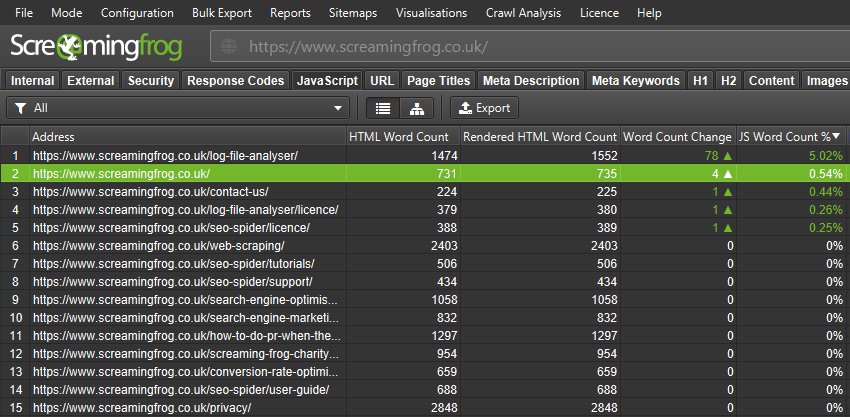
Image Credits - Screaming Frog
Screaming Frog SEO Spider: World’s most popular desktop software that SEO experts use. It provides complete viewing features from the eyes of a crawler. It can check the broken links, do a comprehensive analysis of the page titles, meta data, and even generate XML sitemaps. With its ability to crawl from a small website to a very large one, it is always required in SEO audits.
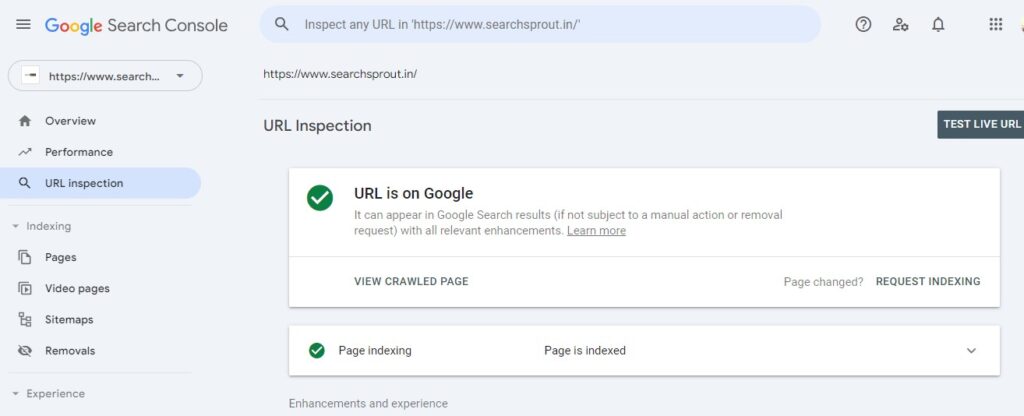
Google Search Console: Free from Google, the tool helps you monitor and maintain the presence of your site in Google Search results. Get information on parts of your website being crawled, how often, and how pages are indexed. This tool also alerts you to issues that could affect your rankings, such as security threats or penalties.
How to Use These Tools
Using these tools starts with setting up a proper crawl. You start by entering your website URL, which is meant to enable the software to conduct a complete scan, a process that takes between a few minutes to several hours, depending on the size of your site. Once verified, the user owns the website in Google Search Console and can, therefore, access data on how Google is viewing it. Regular monitoring with such tools is going to let you, the website, be at its tip-top always and hence ready for the algorithms.
Keyword Analysis Tools
Keyword analysis forms the basis for the optimization of search engines. Correct identification of keywords, a potential search by a person, lays the base for relevant traffic towards the site. That’s where the keyword analysis tools come in, to help you pick out such terms and make further analysis concerning their performance, including how competitors might be using them for their advantage.
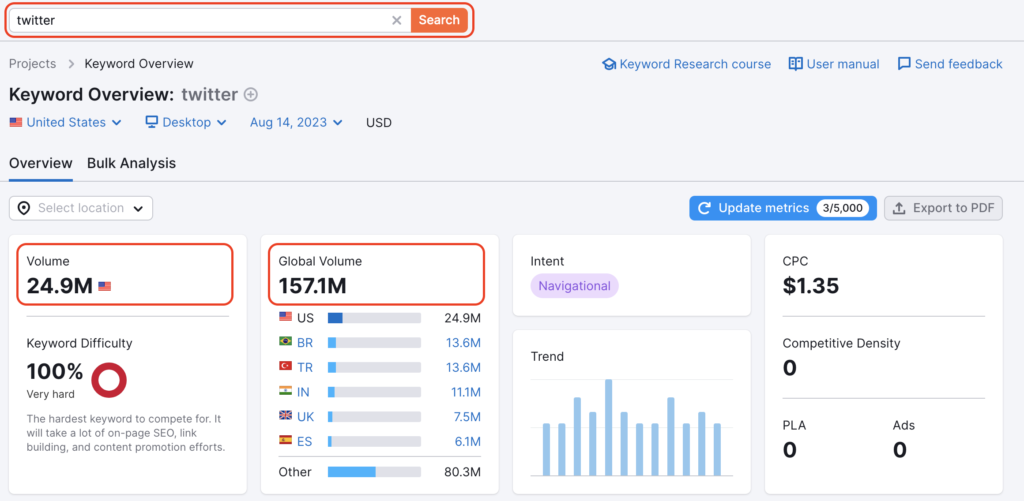
Image Credits - Semrush
SEMrush: SEMrush is with no doubt another wholesome toolkit that not only helps to discover keywords, but it also shows a view of the competitive analysis in each keyword given. It allows you to find out the keywords your competitors rank for, just as what share of the traffic for those keywords lands on their site. It reserves, too, the data on search volumes, keyword difficulty, and CPC—indispensable for more precise planning in terms of SEO strategies.
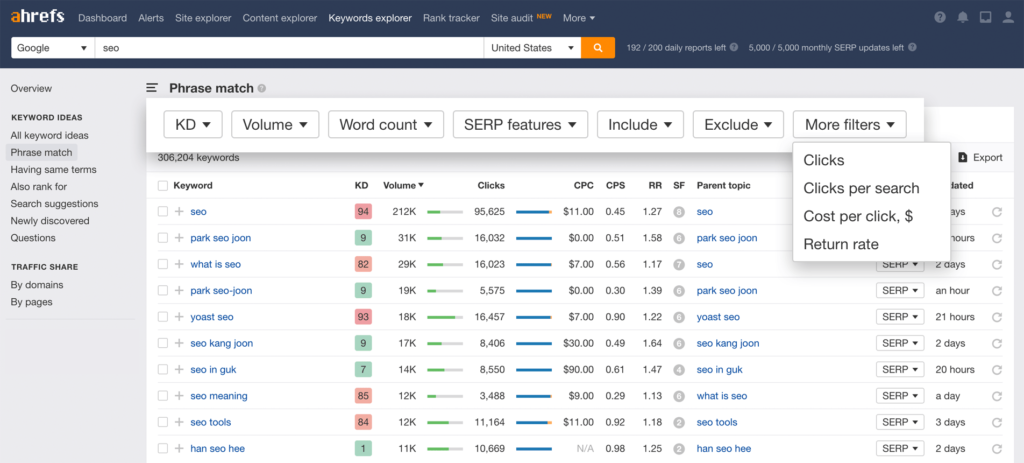
Image Credits - Ahrefs
Ahrefs: Much famous for its potent backlink analysis capabilities, Ahrefs is another amazing tool for keyword research. It gives immense insights over the ranking of keywords, search volume, keyword difficulty, and the estimation of traffic that can be brought by a keyword to your site. On the other hand, the Ahrefs Keywords Explorer provides a summary of all the newly discovered keywords and the keyword ideas based on which competitors are ranking.
How to Use These Tools
Do start off using the keyword analysis tools and input in your keywords at the core of the business or content. Analyze the results to give other related keywords that have a good search volume amounting to lots, but with fewer competitions. Use some of the keywords in your content with respect to the topics naturally. And, it’s equally very important that the list be kept up-to-date with newly researched keywords and prevailing market trends in search rankings.
Technical SEO Audit Tools
Technical SEO is an optimization set of practices for your site infrastructure. The role of each practice from this set is to ensure that your website will be accessible for search engine crawlers, understandable for them, and ranking up according to the parameters of crawling.
Proper technical SEO tools are going to surface issues that may hold your website back from its full potential in the search results, such as loading speed slowness, mobile friendliness issues, or incorrect schema markup.
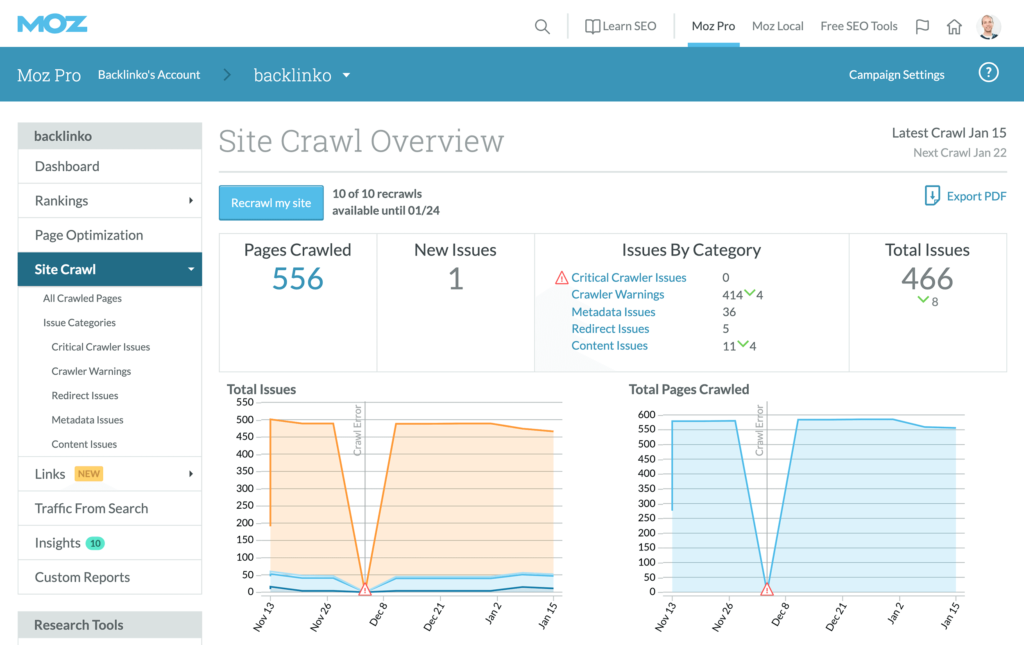
Image Credits - Moz Pro
Moz Pro: The Moz Pro package offers a suite of tools, including Site Audits, which scour your site for common technical SEO issues, broken links, missing tags, duplicate content, and other problems. Site Crawl in Moz Pro helps you monitor, from most to least important, all of the factors influencing the crawlability and thereby the SEO performance.
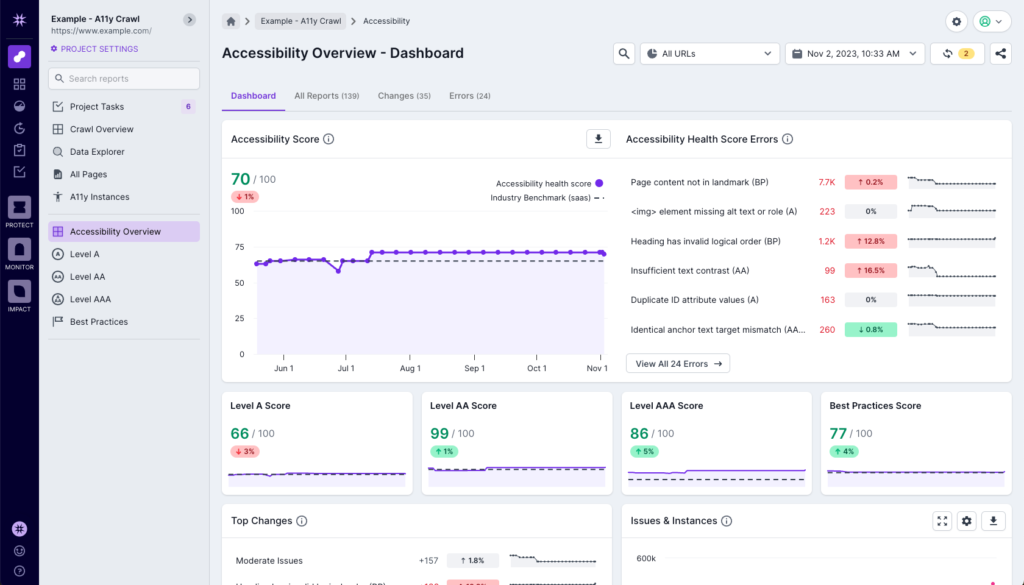
Image Credits - Lumar
Lumar: Lumar is one of the automated tools that crawl a website and delivers you a report of issues in site architecture, HTTP status codes, and content quality, among other things. This is very handy for large websites, where checking each page for those things manually would be impractical. Lumar also allows you to monitor your website over time to see how changes affect its SEO health.
How to Use These Tools
So, when applying these tools to the fullest of their potential, go for a full site audit with any of these technically advanced SEO services and read the reports generated from top to bottom to find out any critical issues. Prioritize fixes based on the severity of their effect on SEO. For example, if there are server errors or broken links, they should be corrected first, as they directly affect the accessibility and thus the user experience of the site. Regularly scheduled audits can help catch new issues as they arise and keep your site optimized for search engines.
Backlink Analysis Tools
That is where the backlinks also come in. They tell the search engines that one’s content is worthy enough for another resource to link to.
Not all backlinks are treated with equity, and poorer quality links can influence your optimization in a negative way. Among the tools available to enable an analysis of the backlinks, determination of the quality of the links can be detected by damaging potential links and building new quality links.
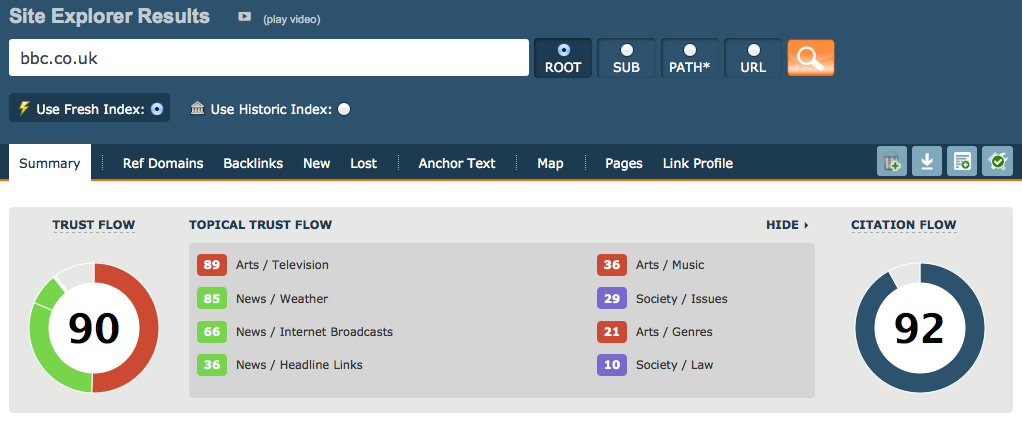
Image Credits - Majestic SEO
Majestic SEO: Majestic provides deep linking analysis with lots of linking metrics. Their “Trust Flow” and “Citation Flow” metrics give more insightful data toward the trust of linking sites and the influence that a particular site would have on the search engine rankings.
Majestic also provides a historical view of backlink data, allowing you to track your link-building progress over time.
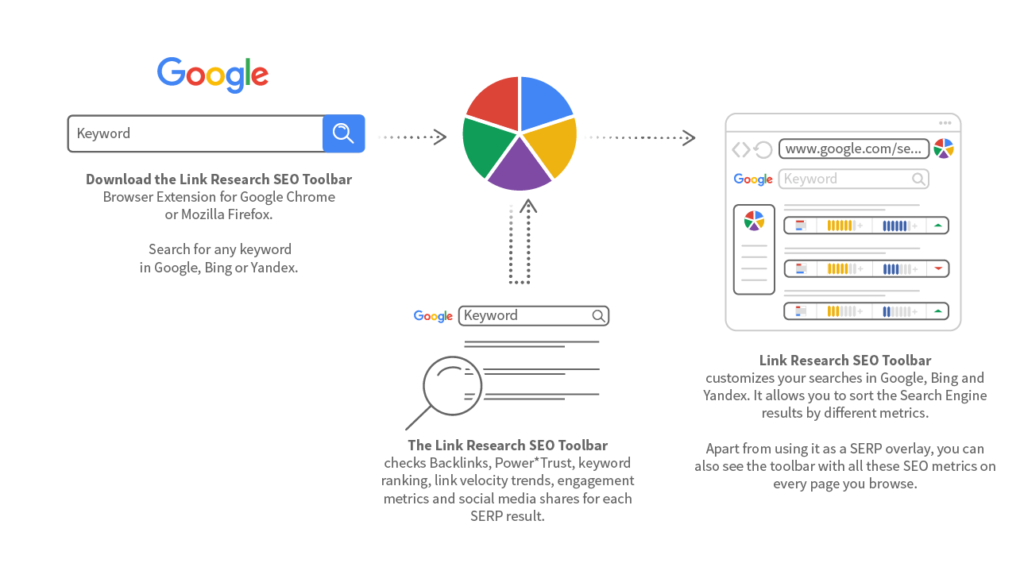
Image Credits - Link Research Tools
Link Research Tools – a tool very specialized in backlink analysis, particularly with speed in finding risky backlinks that might get your site in trouble with Google penalties.
It combines data from 25 different link data sources and uses its own proprietary technology to offer an all-around view of any link profile. With LinkResearchTools, you can also research competitor backlinks and, as such, build your linking plan accordingly.
How to Use These Tools
If you are using backlink analysis tools, start doing a complete audit of your current backlink profile. Identify the links that come from low-quality or irrelevant sites and disavow the needed ones with the respective tools to advise the search engines to ignore them. Focus on acquiring new relevant, high-authority links that are in your industry. You should also keep an eye on your backlink profile to remain healthy, observing active input towards meeting your SEO goals.
Performance and Speed Analysis Tools
The primary components that drive user experience alongside SEO are speed and performance. A website taking too long to load may even hamper the bounce rates and the search engine indexation rank. Performance analysis tools, along with speed tools, can help you review the performance of your site. The JSON page loads clearly have some bottlenecks and give an optimization recommendation for a faster, more engaging website.
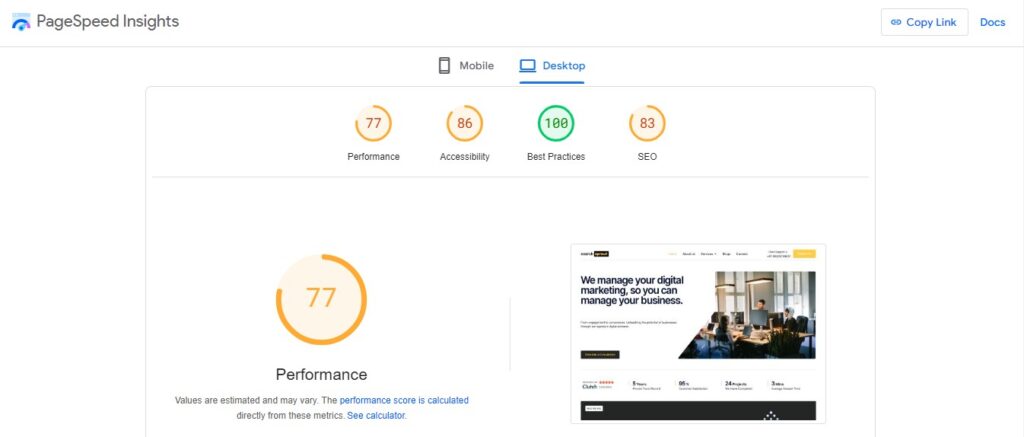
Google PageSpeed Insights: a free tool from Google that takes a look at your web page content, then offers suggestions for how to make that page faster. It gives separate reports for both desktop and mobile so that you are able to see your performances on the site from different devices.
The score and suggestions you receive from PageSpeed Insights are very important in understanding and improving the loading times of your site.
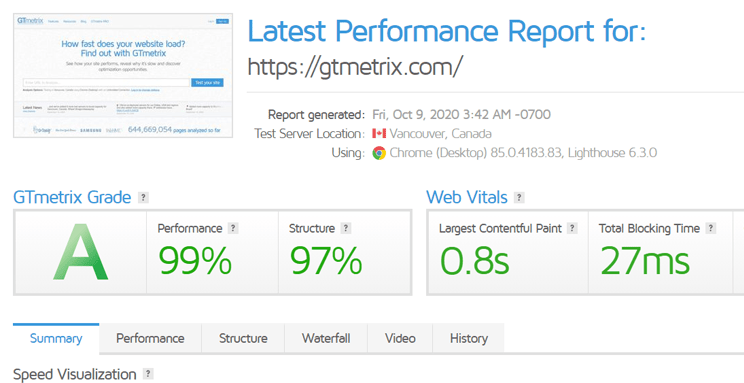
Image Credits - GTmetrix
GTmetrix: GTmetrix goes beyond basic speed testing to offer detailed reports on website performance. With that kind of analysis in your website speed, you will be able to receive actionable recommendations emanating from well-entrenched performance metrics, Total Blocking Time (TBT), and Largest Contentful Paint (LCP). You can use GTmetrix to test your site’s performance from different regions if, by any chance, your audience is global.
How to Use These Tools
You’ll need to run some initial tests, therefore, in order to determine basic performance metrics for your website. Some of the key issues to be addressed included the need to optimize images, leverage browser caching, and reduce server response time. With the changes advised in place, great improvement for site speed and user experience will be registered. Regularly re-test and tweak your website post-optimization to ensure an increase in performance metrics.
Conclusion
SEO Audit is a challenging task, and the right toolkit should be used to reveal all possible opportunities and issues. Everything—from crawling and indexing to keyword research, technical SEO, backlink analysis, and performance analysis—has a specific purpose and helps improve your website’s visibility and performance across search engines. Adopting these in your regular SEO frame can keep your online presence robust and hence sustainable growth.

Ganesh Jalla is a highly skilled SEO consultant with over 8 years of experience in the digital marketing industry. With a focus on driving organic traffic and maximizing online visibility, Ganesh and his team at Search Sprout provide tailored solutions to help businesses thrive in today’s competitive landscape.



